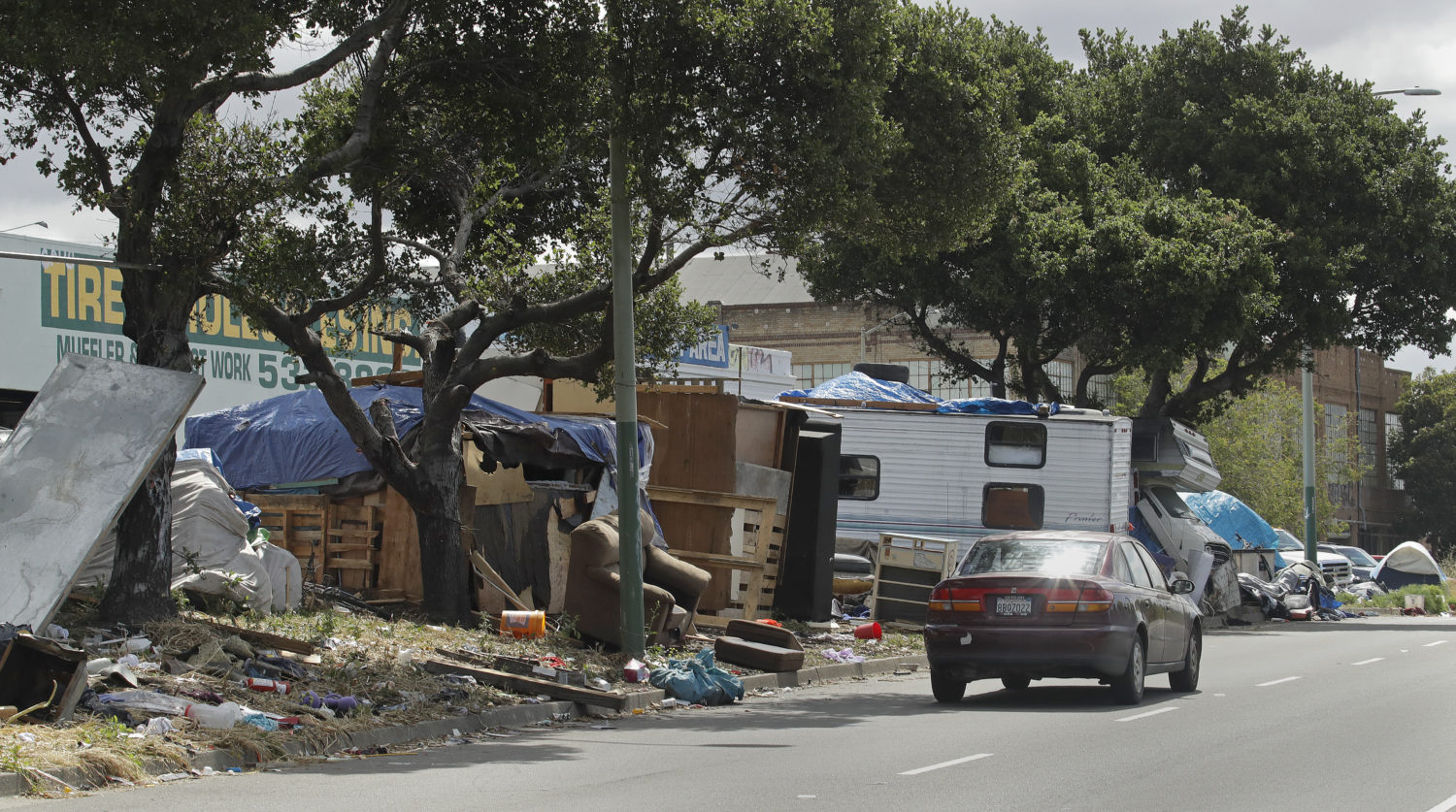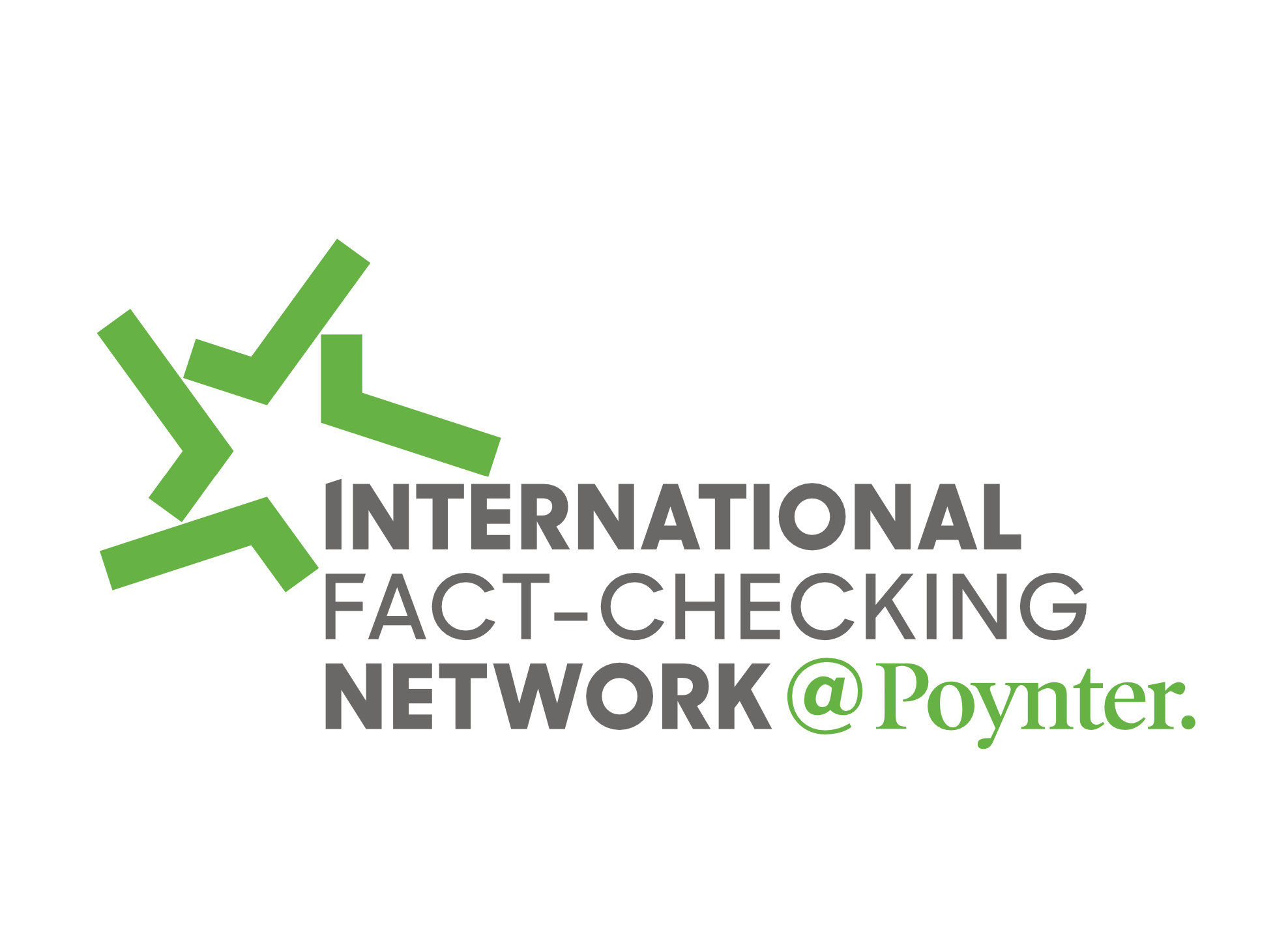 Covering COVID-19 is a daily Poynter briefing of story ideas about the coronavirus and other timely topics for journalists, written by senior faculty Al Tompkins. Sign up here to have it delivered to your inbox every weekday morning.
Covering COVID-19 is a daily Poynter briefing of story ideas about the coronavirus and other timely topics for journalists, written by senior faculty Al Tompkins. Sign up here to have it delivered to your inbox every weekday morning.
USA Today included this unsettling quote and a new phrase for you — “vehicle residency,” which means living out of your car:
“Vehicle residency is one of the fastest-growing forms of homelessness,” said Sara Rankin, associate professor of law and director of the Homeless Rights Advocacy Project at Seattle University.
USA Today also talked with Graham Pruss, a scholar with the Benioff Homelessness and Housing Initiative at the University of California, San Francisco’s Center for Vulnerable Populations, who says you will soon see, if you are not already, more people living in cars, vans and RVs as the pandemic wears on.
“We have seen more people moving into vehicles and more restrictions on public parking for them over the last decade, and then COVID hit,” Pruss said. “I am concerned that we may be facing a population increase in mobile sheltering and vehicle residence at unprecedented levels.”
Nearly 1 in 500 Americans is homeless, mostly on the West Coast and in the Northeast, according to estimates. Homeless advocates say people without permanent housing are chronically undercounted. It’s even harder to track the tens of thousands of people living in their vehicles rather than on the streets or in shelters because they must move around so much.
Photojournalist Yesica Prado documents the lives of “vehicularly housed”: people living in cars, vans, RVs and campers. San Francisco Public Press connects us with her work:
See the articles and photo essays linked below to explore the whole project, including coronavirus resource guides for vehicle dwellers in San Francisco and Berkeley in English and Spanish; an interview with Yesica Prado discussing the project on “Civic,” our daily news and public affairs podcast and radio program; and “Quarantine Diary,” a behind-the-scenes video documenting what her life is like living in an RV.
Prado documents how parking restrictions cause “vehicle dwellers” like her to play a cat-and-mouse game with regulators who try to nail them for sleeping overnight in a restricted space or getting banned from upscale RV parks.
A few years ago, somewhere around a fourth of people in Seattle who did not have a home lived in cars. “It’s the new form of affordable housing,” said Sara Rankin, professor at Seattle University School of Law, who specializes in homeless rights advocacy.
Ice fishing going great in a frozen pandemic
It sounds like a miserable way to spend a day to me, but for people who like this sort of thing, the 2021 ice fishing season is looking great. The extreme cold is adding inch after inch of ice, and that is just what ice fishermen want. In fact, ice fishing guides in Minnesota say they are booked up.
Lake Erie is more than 80% frozen now and only a couple of weeks ago less than 2% of the lake was iced over.
#TransformationTuesday: A little cold weather sure can do a lot for #GreatLakes ice! The NOAA CoastWatch Great Lakes Surface Environmental Analysis (GLSEA) reports 37.7% ice cover as of 2/15. This animation shows how it’s progressed over the past 60 days! https://t.co/ELkKDyou5T pic.twitter.com/RhqrUsZ1Ui
— NOAA Great Lakes Environmental Research Laboratory (@NOAA_GLERL) February 16, 2021
Only a couple of weeks ago, Great Lakes fishermen were worried because the ice cover on the lakes was the lowest it had been in the 50 years that records have been kept.
Wisconsin Public Radio reported that climate change could mean increasingly less ice on America’s lakes.
In 2007, researchers at the University of Minnesota in Duluth found that the lake’s summer water temperature had increased by about 5 degrees Fahrenheit from 1979 to 2006. They said Lake Superior could be ice-free in a typical winter within decades if ice cover continues to decline.
A new study by Toronto’s York University published in December found if current warming trends continue, many lakes in the Northern Hemisphere would be ice-free by the end of the century. That includes Green Bay on Lake Michigan and Bayfield Bay on Lake Superior.
Under higher greenhouse gas emission scenarios, more than 5,600 lakes could permanently lose ice cover, said Alessandro Filazzola, co-author and researcher with York University and the University of Toronto. He said Wisconsin is in a sensitive area where lakes are becoming more and more ice-free.
Explaining how the Texas freeze is an example of climate change
It is easy to imagine why some people cannot connect climate change, sometimes referred to as global warming, with a record deep freeze in the Southern United States. But MSNBC ran a piece by Hayes Brown, a writer and editor for MSNBC Daily, that explains how a changing global climate led to the frozen mess that many of you just experienced.
A pocket of the polar vortex, which the air of the jet stream normally holds in place, got loose and decided to visit the U.S.
It’s a totally natural phenomenon, which is the good news. The bad news is that the jet stream has been getting weaker over the last few years as the areas on both sides of it have gotten warmer. That has made it easier for warm air over the Arctic to shove the colder air south, fragmenting the vortex. And so, while the jury is still out on whether we’re seeing a true surge in freak cold snaps, the number of times you’ve heard the term “polar vortex” has skyrocketed since 2014.
Adapting to climate change means America’s cities and states will have to embrace the idea that there is no such thing as stability from year to year, not anymore.
City offers gift cards and vacation time to persuade first responders to get vaccinated
It is one thing for private businesses to offer their own money as an incentive to employees to get a coronavirus vaccine. But should local governments be spending your tax dollars to beg employees to get vaccinated?
Decatur, Georgia, (outside of Atlanta) has resorted to offering gift cards and extra vacation time to first responders who have refused COVID vaccines.
The Atlanta Journal-Constitution reports:
Fewer than half of the city’s 150 first responders — police officers, firefighters and public works employees — have gotten vaccinated, Deputy City Manager Hugh Saxon told The Atlanta Journal-Constitution.
He estimated that 40-45% of them have chosen to get vaccinated, despite all first responders having ample opportunity to get vaccinated as part of the state’s vaccine rollout plan. The lagging percentage mirrors a problem many metro Atlanta counties and cities are encountering among frontline government employees.
Decatur city employees who receive both doses of a COVID-19 vaccine will receive an extra day of vacation. For each dose, they’ll also receive a healthy credit, which goes toward health insurance discounts. Sixteen $25 gift cards will also be raffled off to city employee who get vaccinated.
DeKalb County said only 18% of police employees and 30% of fire employees have chosen to get vaccinated.
Another town, Acworth, Georgia, is offering $200 Walmart gift cards to its employees.
Phoenix is paying its employees $75 if they get vaccinated for COVID-19.
Other cities in the Phoenix area — such as Glendale, Peoria and Tempe — are rewarding their employees for receiving the vaccine, as well, either by giving them a discount on their health insurance or giving them wellness points that could add up to a discount on their insurance.
Of the about 13,500 employees who work for Phoenix, 2,612 have had the virus, according to Dan Wilson, the city’s communications director. The city’s police and fire departments have been the hardest hit.
Clorox wipes are back
There is something to celebrate today. Clorox says it is pumping out one and a half million canisters of wipes per day, which is up from a million a day last fall.
Clorox CEO Linda Rendle told Yahoo Finance Live, “They are still difficult to find, but more help is on the way and people are telling us more stories of finding them on the shelves.”
Clorox is one of the big pandemic business success stories, with sales up 27% year over year and earnings up 39%. The company says consumers are willing to spend a lot more on health and wellness products these days.
The global computer chip shortage just won’t let up
We may have Clorox wipes, but a global computer chip shortage fed by pandemic delivery interruptions is causing big headaches for everybody from automakers to laptop manufacturers.
Sony and Microsoft can’t get enough microprocessors to come close to the demand for their PS5 and Series X game stations. And the best estimates are that it will be at least July before the crunch on semiconductors eases.
It wasn’t just delivery interruptions that caused the problems. The fact is when people stayed home, including kids who needed electronics to attend school, we collectively bought a lot of consumer electronics. Yahoo Finance reported:
But the coronavirus pandemic threw a curveball at the global economy. As people around the world stayed home to blunt the spread of the virus, they began buying up consumer electronics. According to IDC, PC sales grew by 13.1% in 2020, the most in a decade.
“It’s fair to say that the overall demand exceeded our planning,” AMD CEO Lisa Su said during AMD’s Q4 2020 earnings call. “And as a result, we did have some supply constraints as we ended the year. “
Add to all of that buying the fact that car and truck sales went up, too. And every vehicle has computer technology in it. Yahoo Finance reported:
Both Ford and Fiat Chrysler have halted production at some of their factories, while others, like GM, Mazda, Subaru, Nissan, and Volkswagen are cutting back on the number of cars they make.
Demand fueled by the pandemic has actually made the situation worse, Kristin Dziczek, a senior industry analyst with the Center for Automotive Research, told NBC News: Consumers started buying more cars in the last year, which caused manufacturers to boost production. This led carmakers to scramble for chips at the same time other industries were also ramping up production.
There are growing concerns that a chip shortage may spread to other production including smartphone makers, appliance companies and even airline manufacturers.
Appliance companies already have a backlog of orders for kitchen appliances.
New research on how distance learning affects kids
Minnesota middle schoolers and high school students go back to their classrooms today. Most younger grades there are already learning in-person.
That return to something resembling normal will go a long way to begin to make up what has been lost in distance learning. New research by NBC News and Stanford Graduate School of Education finds that our kids are detached from learning and their relationships with their friends and parents are strained by this pandemic. (You can see some of the NBC reporting on this study that will spark story ideas.) The study involved 10,000 students in 12 U.S. high schools.
Curiously, young people say they are not sleeping well or enough during the pandemic.
The average high schooler is only getting 6.7 hours of sleep per night and high school seniors are sleeping even less (6.4 hours.) Only 6 out of 100 high schoolers were getting the recommended eight hours of sleep per night.

(Challenge Success study)
More than 40% of the high schoolers surveyed said they are making less of an effort on their schoolwork since starting remote learning and about the same number say they feel more disengaged.
Forty percent of high school students say they “never” have a teacher or other school staff member ask them how they are doing. And students widely believe that no teacher understands “what the students are dealing with now.”

(Challenge Success study)
We’ll be back tomorrow with a new edition of Covering COVID-19. Sign up here to get it delivered right to your inbox.







